Linen and jute fabrics are highly versatile, soft and breathable fabrics. Both linen and jute are great sustainable fabrics for your closet as they are biodegradable and sourced from low impact crops.
linen fabric
Linen fabric is made from flax fiber from the flax plant (also known as linseed). The fibers are usually shorter than that of jute. Flax fibers are about 25 to 150 mm (1 to 6 in) in length. Flax fiber is harvested and pulled by hand, in order to extract the longest fibers possible. An alternative method of processing flax fiber is called ‘cottonizing’. Cottonizing uses traditional machinery used to harvest cotton, but don’t worry, the pesticides are left out. Cottonizing is a faster method of harvesting flax, but often yields a flax fiber that is less characteristic of a typical linen, and more similar to cotton.
Flax is a fairly low maintenance crop. It grows with minimal fertilizers and pesticides. Flax is ready to be harvested for fiber about 100 days after being sown.
properties of linen fabric
Linen is an excellent fabric for warm weather clothing. Linen is a highly conductive fabric, making it constantly feel cool to the touch. It also absorbs and releases moisture quickly, preventing it from feeling damp.
Linen fabric has low elasticity, making it wrinkle easily. But be aware when ironing, if creases are ironed too sharply, the linen fibers can break along these creases over time and show wear. Linen is one of the few fabrics that is stronger when wet, and it is sometimes recommended to iron the fabric while wet, to lower stress on the piece. Otherwise, linen clothing is very easy to care for and becomes softer with each wash. Linen clothing does not pill or lint, is dirt and stain resistant, and can be cleaned with virtually any method.
Linen fabric is also biodegradable and can decompose in just 2 weeks. But don’t worry, it won’t start falling apart while on you, it’s a durable fabric with a long product life.
jute fabric
Jute fabric is made out of the vegetable fiber jute, which is known as ‘the golden fiber‘.
‘The golden fiber’ is derived from plants in the Chorchorus genus. It is a long (1-4 meters, or 3-13 feet), soft, and shiny fiber. Jute fiber is an extremely affordable crop to cultivate. It also has a high cash value. Similar to hemp, jute does not need chemical fertilizers, pesticides, or extensive irrigation. It is a rain-fed crop that grows best in monsoon climates during monsoon season. Jute crops can also grow on marginal land that is not suitable for more sensitive crops. The majority of the world’s jute is produced in India. Bangladesh is the second largest producer of jute fiber.
Jute is most closely associated with burlap or gunny cloth, but is in fact much more versatile than we might expect. Jute fabric can mimic wool, silk, and cotton depending on processing. It is often blended with other natural fibers to create fabrics with a desired drape or texture.
properties of jute fabric
Jute fibers exhibit high tenacity – meaning they withstand a great deal of pressure. Jute fabric is also sound and temperature insulating, as well as antistatic. It is a highly breathable fabric.
Jute fabric is of course biodegradable. In fact, jute fabric is often used to ball tree roots during transplanting. The tree is replanted with the jute fabric still wrapping the roots. The fabric breaks down and falls away without causing any harm to the newly planted tree or surrounding environment.
where to buy linen clothing
If you’re looking to slip into something crisp and cool for the summer, check out our Natural Clothing Directory for the best places to find linen and jute clothing.
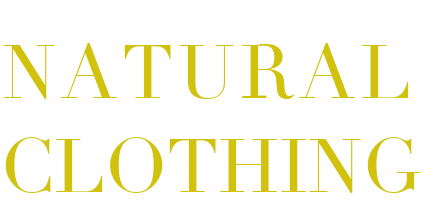


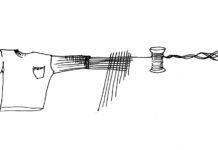

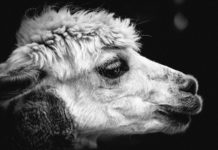
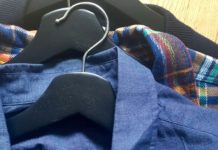


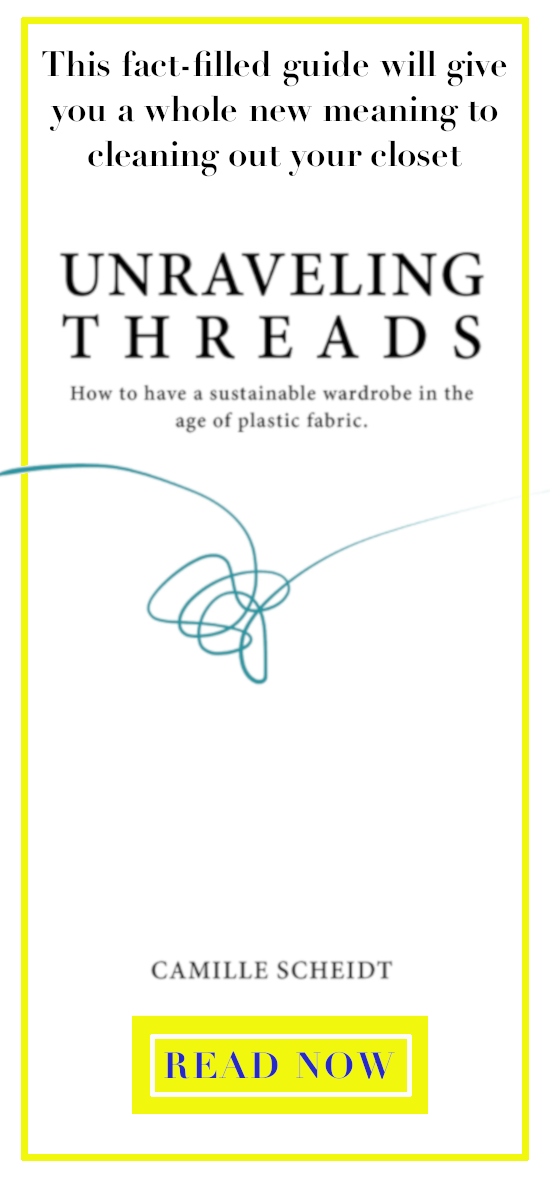




The article is informative tnx author of this article